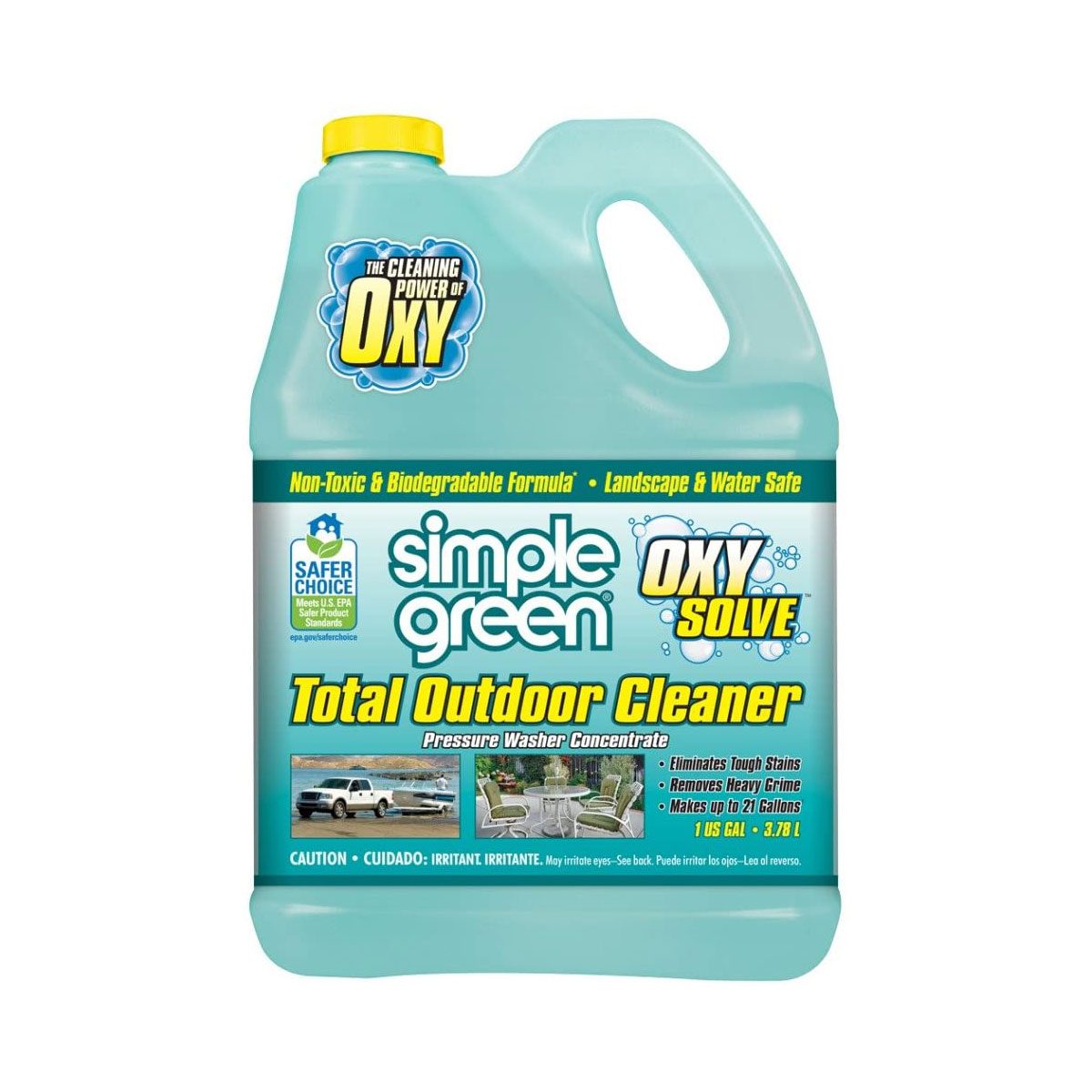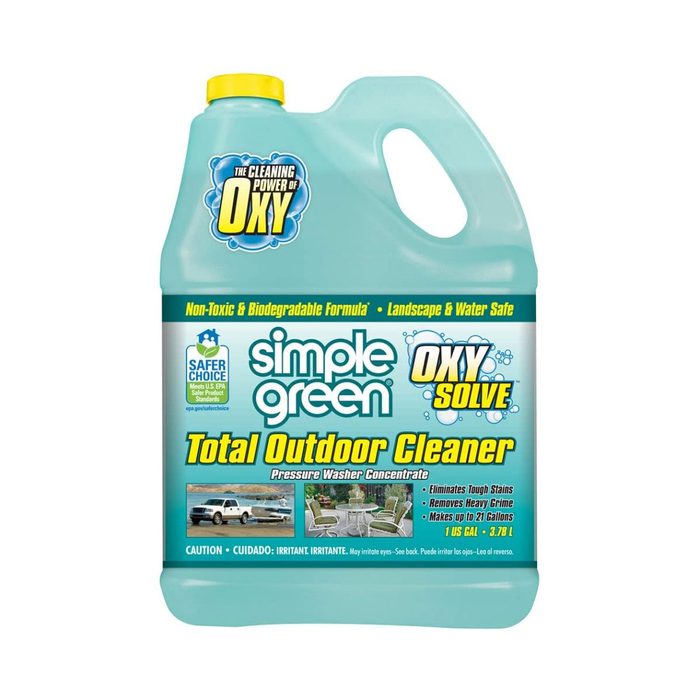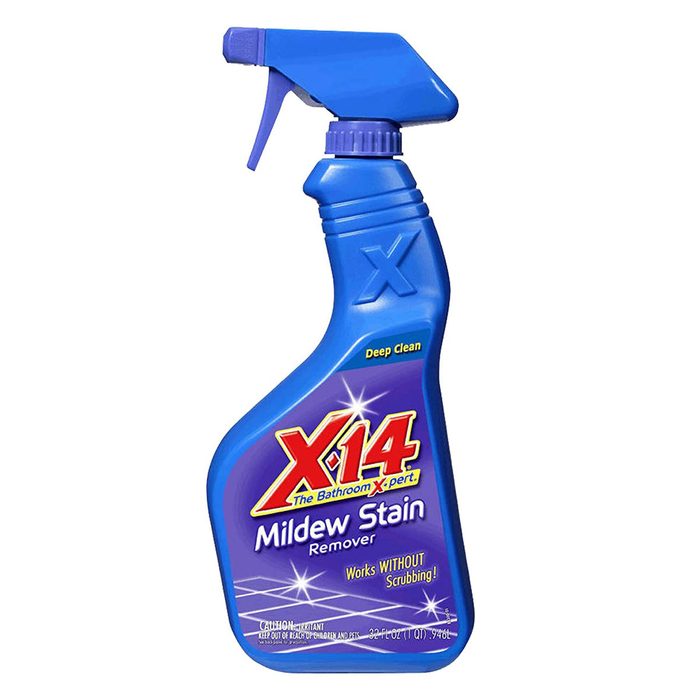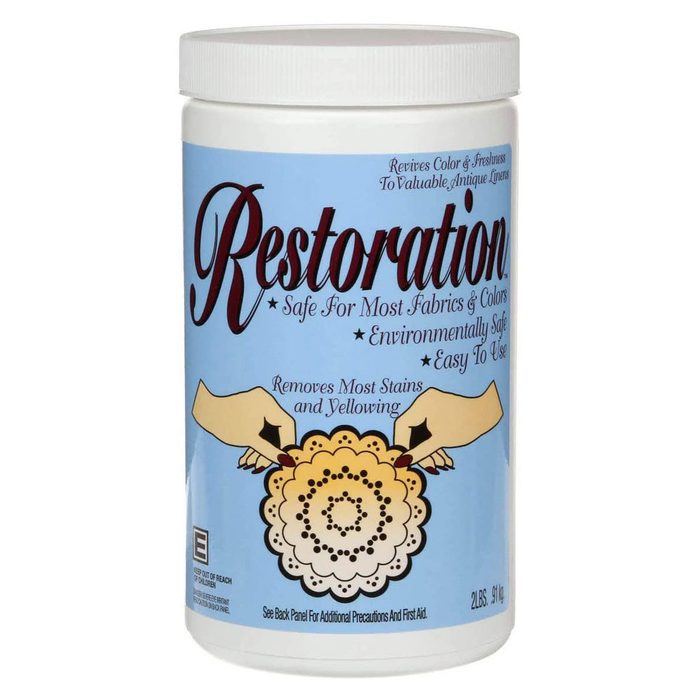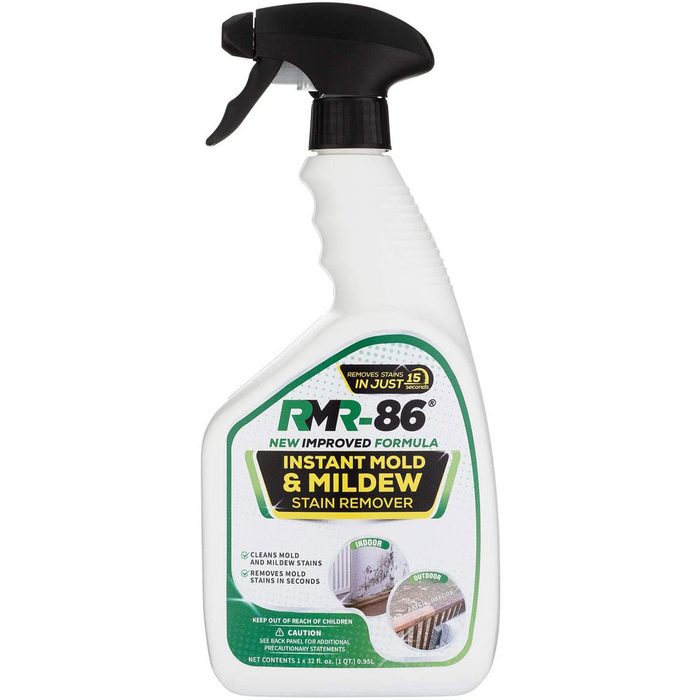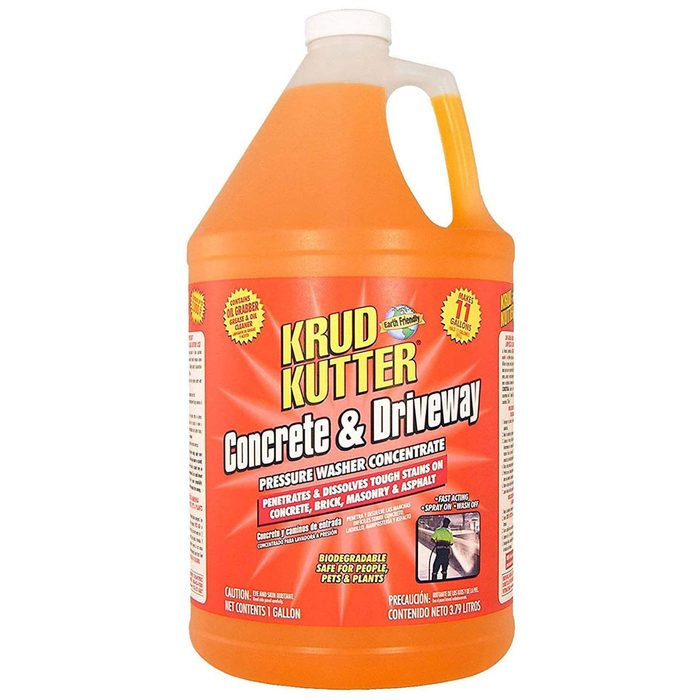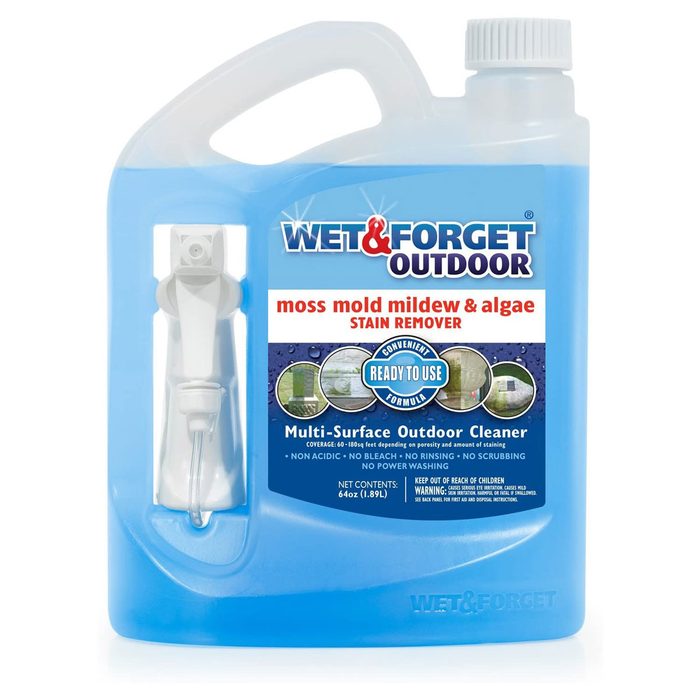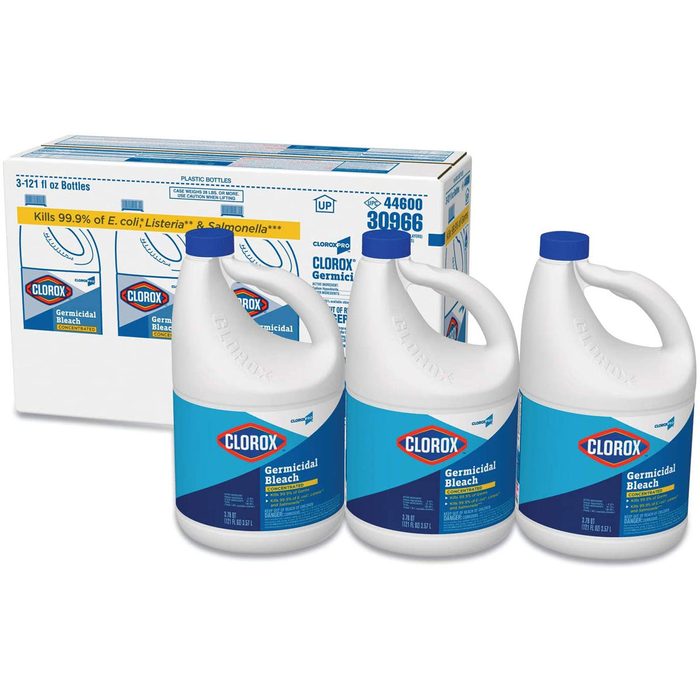2
/
8
Scrubbing tile and grout is a tedious job, which is why no-scrub X-14 Mildew Stain Remover is so great for cleaning bathrooms. Simply spray it on areas that have developed mold, mildew or Serratia marcescens (the pinkish-orangish bacteria often found around shower, tub and sink drains) and let it do the work. X-14 Mildew Stain Remover can be used on grout, tile, vinyl, and plastic surfaces.
4
/
8
A mold colony that sits atop wood can be vacuumed (be sure you have a HEPA filter). But if the mold penetrated the wood, you’ll need something stronger to kill the spores. RMR-86 Instant Mold Stain & Mildew Stain Remover is a no-scrub formula, a good choice for wood that a scrub sponge or a brush might damage.
5
/
8
This pressure washer-compatible concentrated concrete cleaner will eliminate mold, mildew and algae. It also works on common concrete stains like oil and grease. Besides concrete, Krud Kutter Concrete & Driveway is safe for brick, masonry and asphalt. And because it’s biodegradable and non-toxic, it won’t damage plants, grass or landscaping features like pavers and rocks.
6
/
8
When choosing a mold remover for your roof, look for a product that’s safe for your roofing type. Mold Armor E-Z House Wash is safe for most roofing materials, as well as vinyl, aluminum and wood siding, brick, stucco and concrete. It can also be used to clean painted trim, decks and fences. Apply with a garden or tank sprayer, which are sold separately.
7
/
8
For outdoor use, look for a bleach-free mold and mildew remover. Diluted liquid chlorine bleach removes mold from concrete, brick, stucco and other outdoor materials, but the run-off may damage plants and landscaping features. Wet & Forget No Scrub Outdoor Cleaner is a ready-to-use “spray and leave” formula that doesn’t require scrubbing. The attached sprayer covers a 60 to 180 sq. ft. area.
8
/
8
Bleach is the most readily available, cost-effective and multi-purpose mold and mildew remover you can find. Liquid Chlorine Bleach has drawbacks — possible color loss in fabrics, and runoff that could damage to plants and landscaping features — but its versatility and effectiveness can’t be beaten.
FAQ
When should I call a professional for mold removal?
While the Environmental Protection Agency (EPA) recommends leaving areas of mold larger than 10 sq. ft. to professionals, smaller areas can be cleaned yourself. However, if you have pre-existing allergies or asthma, or are immunocompromised, it’s best to leave mold removal to the pros.
What should I do if the mold keeps coming back?
If mold keeps coming back, you likely have an unresolved moisture issue in your home. Contact a mold remediation company to identify the problem and the best way to fix it.



















